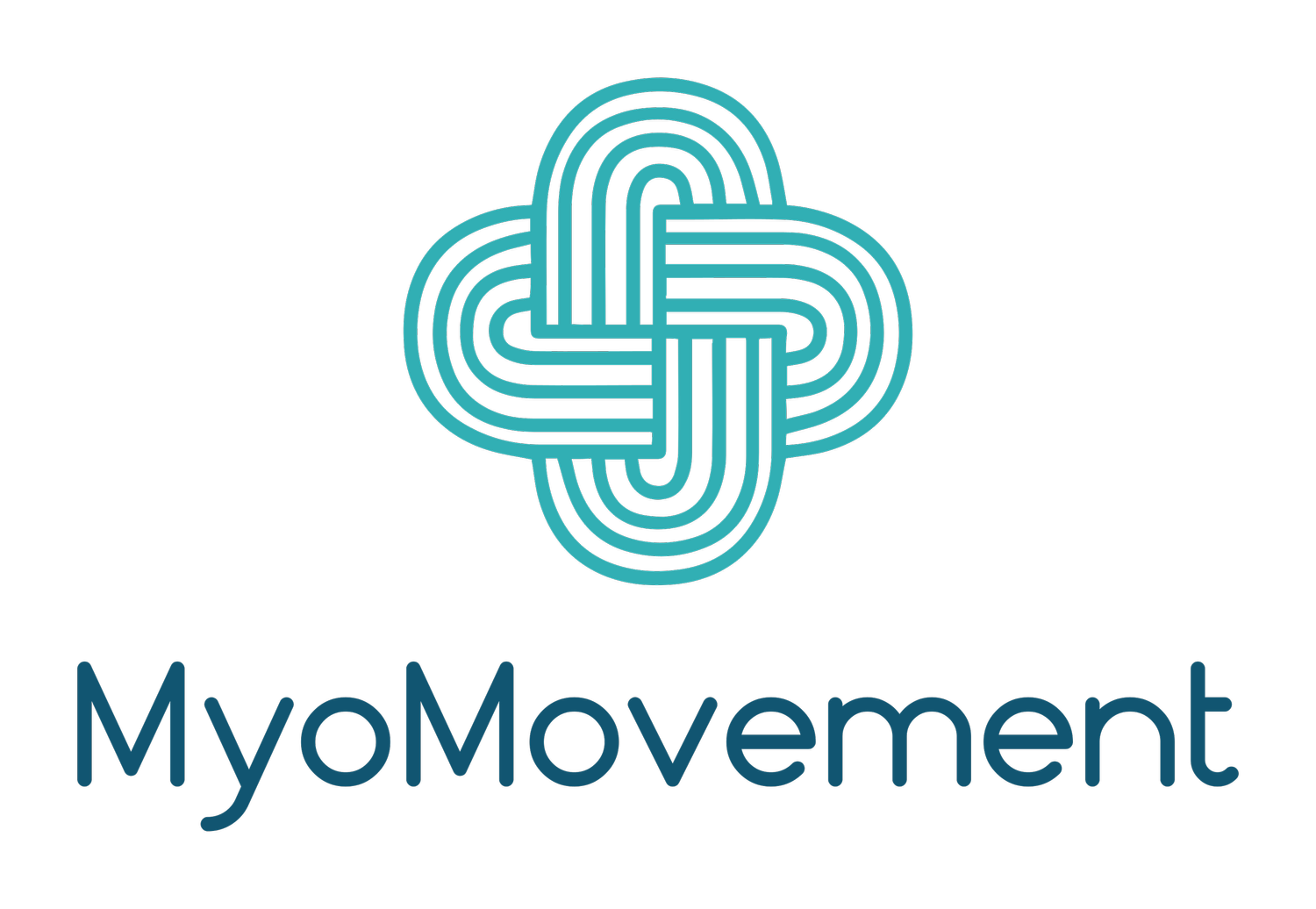Boost Your Energy Levels with Myofunctional Therapy: Unveiling the Connection
In the pursuit of overall well-being, we often explore various avenues to boost energy levels. While diet and exercise are commonly acknowledged factors, the link between myofunctional therapy and improved energy levels is a fascinating aspect that deserves attention. At MyoMovement, we believe in the holistic approach to health, and in this blog post, we'll delve into the connection between myofunctional therapy and elevated energy levels.
Understanding Myofunctional Therapy
Myofunctional therapy is a specialized approach that focuses on the muscles of the face, mouth, and neck. While it is traditionally known for addressing issues such as tongue thrust, incorrect swallowing patterns, and facial muscle imbalances, its impact extends beyond oral health.
The Energy Connection
Improved Breathing: Myofunctional therapy often includes exercises to promote nasal breathing. Proper breathing is essential for efficient oxygen intake, leading to increased energy levels. Individuals with myofunctional issues, such as mouth breathing, may experience fatigue due to suboptimal respiratory function.
Enhanced Oxygenation: Through targeted exercises, myofunctional therapy helps individuals optimize their breathing patterns. Efficient oxygenation of the body is crucial for sustained energy levels, mental clarity, and overall vitality.
Reduced Sleep Disruptions: Myofunctional therapy can address sleep-related issues such as snoring and sleep apnea. Quality sleep is paramount for restoring energy levels and promoting overall health. By improving airway function, myofunctional therapy contributes to better sleep, resulting in increased daytime energy.
Myofunctional therapy offers a holistic approach to health, addressing not only oral and facial muscle issues but also contributing to improved energy levels. If you find yourself struggling with fatigue or low energy, it's worth exploring the potential impact of myofunctional therapy on your overall well-being.

